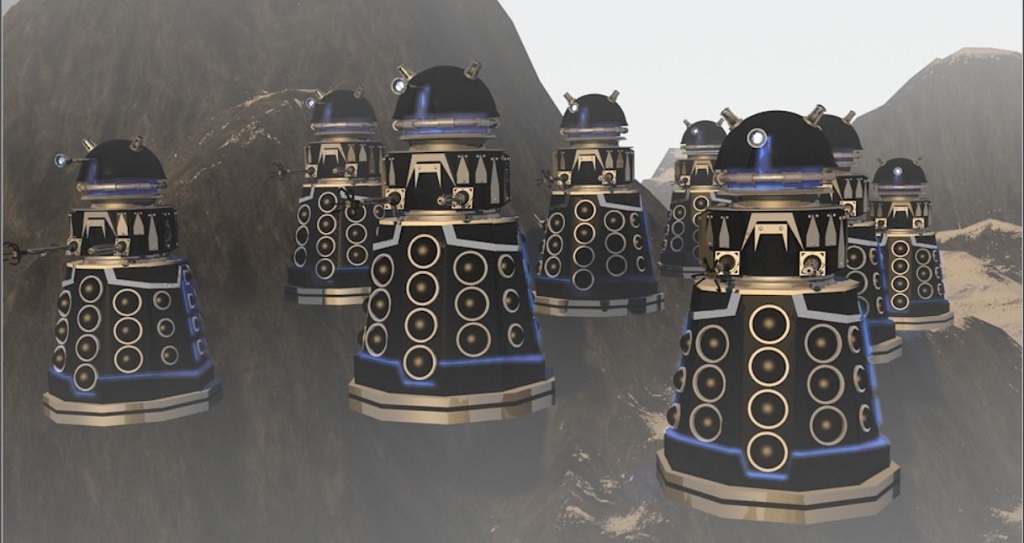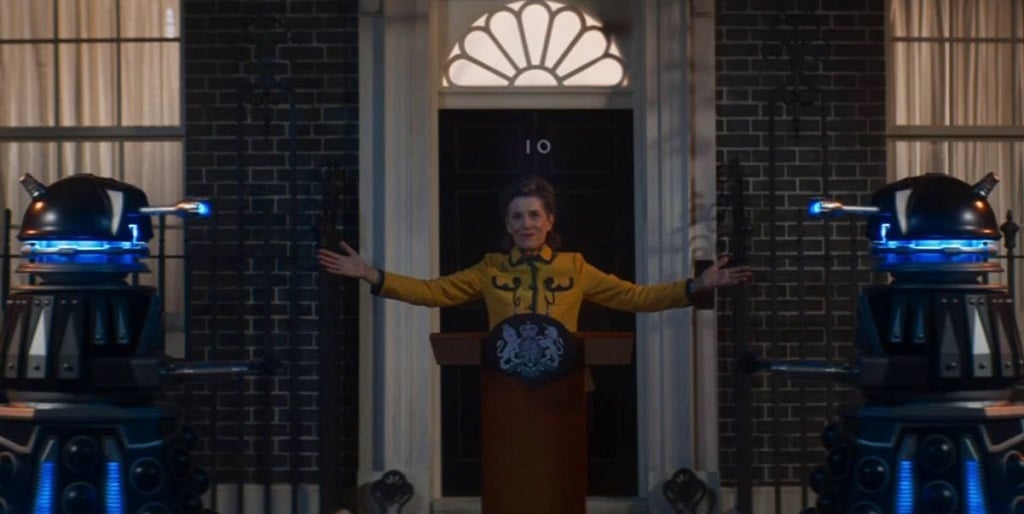
It’s 2021 and additive manufacturing has arrived as a realizable technology suite — but someone should tell film studios that.
3D Printing Hype
It’s been over half a decade now (!) since the last time the world at large got really excited about 3D printing. “A 3D printer in every home” claims didn’t quite pan out, but maybe the idea behind that thought finally is.
3D printing has truly proved its mettle in the last 12 months. The technology saw incredible use as an emergency and stop-gap supply chain solution in the face of global pandemic. Many in our industry refer now to 2020 as a tipping point for the technology. This, often, is underscored with a quieter whisper behind it: we mean it this time.
When popular media got hold of the concept of 3D printing in the early 2010s, there was a frenzy of excitement. That enthusiasm, though, was well ahead of what the technology of the day could actually offer. There was a letdown, and we entered the Gartner-famous “trough of disillusionment.” Quieter work continued behind the scenes, though, even as mass media lost interest. And over the last several years, 3D printing has seen advances in technology, materials, software, and most importantly, expertise.
Now that we’re into 2021, it seems the moment is finally here for additive manufacturing. The technology has gotten a second first look, as more potential users have become convinced of its value and applicability in real-world solutions creation. Manufacturing is bringing additive onto more lines, and despite an overall dismal last year, 3D printing overall continued to see growth.
When I speak at events, I often focus on the industrialization of additive manufacturing. My foundational point is that I’m excited for additive manufacturing to be a boring technology. I’m excited for 3D printing to be an assumption, a tool, not a point of techno-geek-giddiness. And for the first time since I’ve been working solely in this industry, that boring future doesn’t seem so far-flung.
What TV And Movies Still Get Wrong About 3D Printing

But someone should really tell TV and movie makers that.
In a past life, I took umbrage with the wowie-magic treatment of 3D printing in Ocean’s 8. A few years since that last silver screen release — in which, may I remind you, a MakerBot desktop 3D printer made perfectly passable facsimiles of millions of dollars’ worth of high-end jewelry after they were flawlessly 3D scanned — I thought maybe that might kind of be it. It wasn’t, of course, and even the known-to-be-vain hope was naïve.
At a quick rundown, movies and TV shows continue to portray 3D printing as:
- Essentially magical making
- Super fast and easy
- Not requiring post-processing
- Able to use any material, including cubic zirconia, on any machine
- The perfect nefarious tool
What gets me most, maybe, about all these uses is that a 3D printer is most often seen in a villain’s lab. Okay, or Tony Stark’s, but outside the Avengers most labs with 3D printers don’t belong to “the good guys”. I didn’t watch Hotel Artemis, but understand the weapons 3D printing (insert eye roll here) shown in the trailers wasn’t exactly for humanitarian reasons.
What brings up the disconnect this time around is, alas, my beloved Doctor Who. In watching the new New Year’s special, Revolution of the Daleks, I was not delighted to see 3D printing come up to create those revolutionary Daleks.
I didn’t take a photo of the 3D printing in action, but in essence the show depicted the technology creating AI-driven “security drones”. The 3D printing itself was a strange little laser show more than anything resembling today’s actual technologies.
The relevant dialogue, per TV Show Transcripts:
“You’re making Daleks.”
“We’re 3D-printing security drones.”
“What about what’s inside?”
“There’s nothing inside. It’s run by artificial intelligence.”
“What?”
“Watch. See? They’re machines. There’s the remote signal unit.”
“They’re empty.”
“Mm-hm.”
“You’re messing with things you don’t understand. The creature these are modelled on is the most evil killing machine in the universe.”
“You’re getting much too excited about a bunch of 3D-printed shapes.”
Sure, it’s a convenient catch-all explanation on why and how to bring Daleks — especially with a fancy new look — into a new episode. 3D printing! Artificial intelligence!
But also what it shows is that, for the entertainment industry, 3D printing and other advanced making technologies remain something not fully understood. So they are treated as something futuristic (Westworld, anyone?), something magical, a plot device that doesn’t really need explanation.
While in the real world 3D printing is taking its place — finally, and as predicted, planned, and hoped — among manufacturing technologies, fictional worlds still need to catch up. Perhaps this, finally, is the last hype hump for additive manufacturing?
3D printing has a place in making movie magic. And that’s in actually making the movies. As for 3D printing villains? Let’s leave that to clever modellers; 3D printed Daleks are for décor, not world domination.
